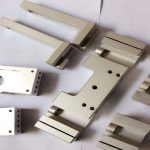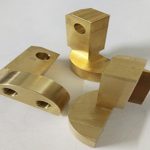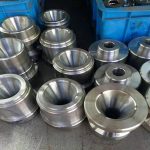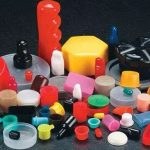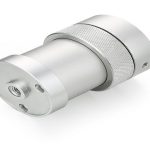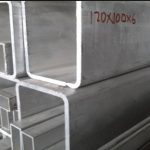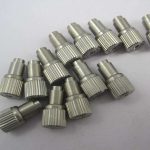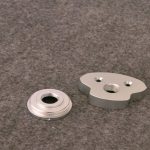Today’s industrial blow molding machines are efficient and predictable, and can usually rely on it to produce precision parts from the beginning. However, it is still wise to know some basic guidelines to help you get started with appropriately sized equipment and tools, especially if you are making a specific part for the first time.
First, carefully consider the part characteristics. Do you need flashing only on the top and bottom? Maybe the only way to make good parts is to always flash? Project the final weight of the part, and then estimate the injection volume, including the flash.
Only flashing on the top and bottom of the part will mean that the complete shot weight is 25% to 40% higher than the weight of the final trimmed part. If the flash is kept around, this may increase the weight of the lens by more than 60%.
Injection volume and cycle time will also affect the output required by the extruder. Estimate the required output capacity of the extruder with 80% of the maximum screw speed. The extruder must run well to ensure a low melting temperature. The hotter the material, the longer the cycle time.
The finished wall thickness of the part plays an important role in the cycle time. If the wall thickness is 0.060 inches or less, the cycle time will be in the range of 40 to 50 seconds. A wall thickness of 0.080 to 0.100 inches will result in a cycle of approximately 60 to 70 seconds. Parts with wall thicknesses of 0.120 to 0.180 inches can cause cycles of up to 180 seconds. These are only guidelines for estimation; for example, depending on nailing, the handles and very thick areas of the part will affect the entire cycle.
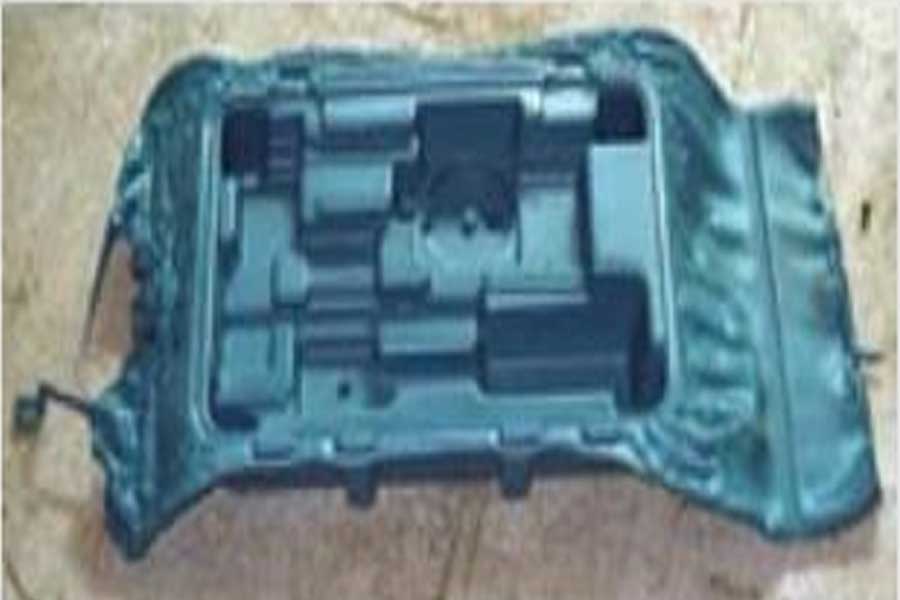
Another thing to consider carefully is the size of the accumulator head required for the parts and process. Here are some guidelines:
1. Determine the necessary head tool size. You may need a larger head capacity than the head required for individual output requirements in order to obtain the correct head tool size for the part.
2. According to the top/bottom or surrounding parts burrs, find the required parison flat plate. (Laying flat = tool diameter x 3.14÷2). This equation does not consider die expansion or parison pre-blowing.
3. Factors of parison expansion. Generally, larger mold diameters have smaller parison expansion. Small tools will produce a larger proportion of expansion.
4. Please keep in mind that for a given mold size, competing supervisors may produce different parison sizes.
5. Determine whether there is a limit to how much recycled material can be put back in the finished part.
6. Determine the required head volume according to the maximum injection volume. Please consider what other components can run on this computer.
7. Select the tool size according to the head size. Determine whether you need a convergent or divergent head tool. For double heads, please determine the required head center distance.
Next, you need to determine the size of the mold, including all the legs, the cylinder of the split mold, the water connector and the blow pin. This is very important if you run a double head with side-by-side molds on a fixed head centerline. The size of the pressure plate must be suitable for the size of the mold on the center line of the head.
Now you can determine the clamping tonnage required for the molded part. Use this as a guide:
HDPE: 500 to 600 pounds of force per linear inch.
HMW-HDPE: 600 to 700 lbf/in.
PP homopolymer: 500 to 600 lbf/in.
PP copolymer: 600 to 700 lbf/in.
Next, calculate the clamping force required to seal the parison: clamping length x lbf / linear inch ÷ 2000.
Calculate the blowing clamping force (keep the mold closed during the blowing process): the projected area of the blowing section x blowing pressure (about 100 psi) ÷ 2000.
Remember that once clamped, the clamping clamping force will end and the blowing clamping force will take over. Do not add these two values together.
Link to this article: How to determine the size of machines and tools used for industrial parts?
Reprint Statement: If there are no special instructions, all articles on this site are original. Please indicate the source for reprinting:https://www.cncmachiningptj.com/,thanks!
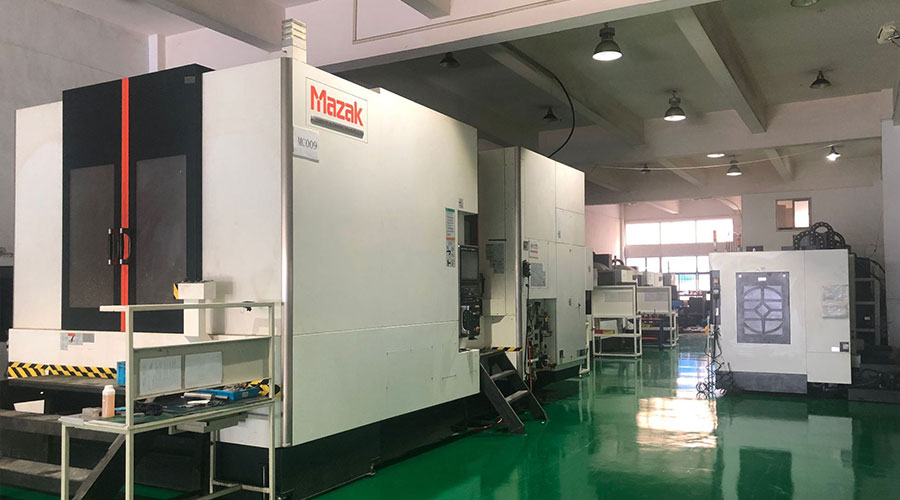 3, 4 and 5-axis precision CNC machining services for aluminum machining, beryllium, carbon steel, magnesium, titanium machining, Inconel, platinum, superalloy, acetal, polycarbonate, fiberglass, graphite and wood. Capable of machining parts up to 98 in. turning dia. and +/-0.001 in. straightness tolerance. Processes include milling, turning, drilling, boring, threading, tapping, forming, knurling, counterboring, countersinking, reaming and laser cutting. Secondary services such as assembly, centerless grinding, heat treating, plating and welding. Prototype and low to high volume production offered with maximum 50,000 units. Suitable for fluid power, pneumatics, hydraulics and valve applications. Serves the aerospace, aircraft, military, medical and defense industries.PTJ will strategize with you to provide the most cost-effective services to help you reach your target,Welcome to Contact us ( [email protected] ) directly for your new project.
3, 4 and 5-axis precision CNC machining services for aluminum machining, beryllium, carbon steel, magnesium, titanium machining, Inconel, platinum, superalloy, acetal, polycarbonate, fiberglass, graphite and wood. Capable of machining parts up to 98 in. turning dia. and +/-0.001 in. straightness tolerance. Processes include milling, turning, drilling, boring, threading, tapping, forming, knurling, counterboring, countersinking, reaming and laser cutting. Secondary services such as assembly, centerless grinding, heat treating, plating and welding. Prototype and low to high volume production offered with maximum 50,000 units. Suitable for fluid power, pneumatics, hydraulics and valve applications. Serves the aerospace, aircraft, military, medical and defense industries.PTJ will strategize with you to provide the most cost-effective services to help you reach your target,Welcome to Contact us ( [email protected] ) directly for your new project.
Link to this article:How to determine the size of machines and tools used for industrial parts?
Reprint Statement: If there are no special instructions, all articles on this site are original. Please indicate the source for reprinting:Tungusten,Thanks!^^

